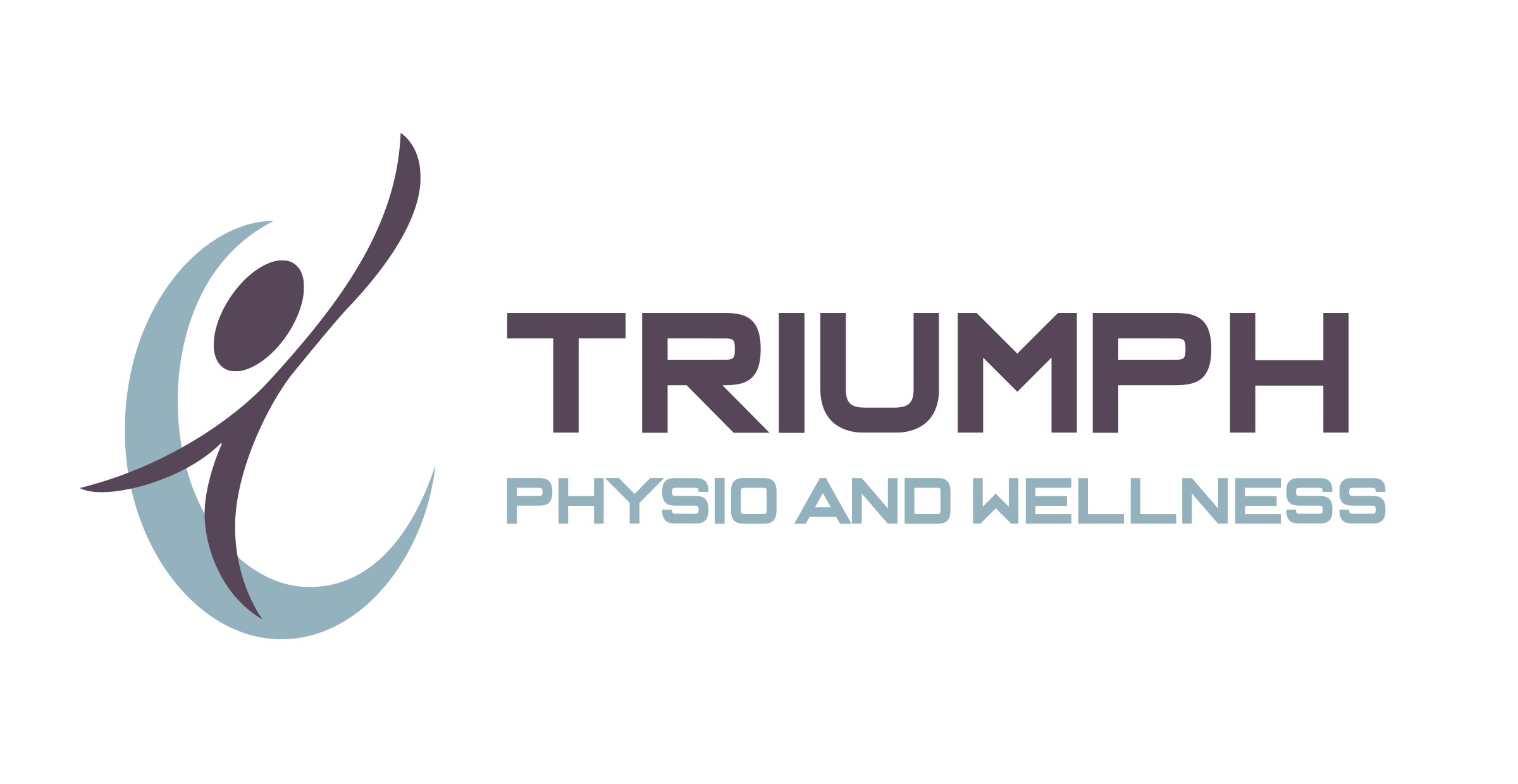When to See an RMT vs Physio
Have you recently had an injury? Are you trying to beat chronic pain? Or are you perhaps just looking to reduce tension in your everyday life? If so, you’ve probably considered getting massage therapy, physiotherapy, or maybe both.
It’s true that these two types of physical therapy are related, and that they can even help address some of the same issues. With that said, there are still a few key differences between them.
So when should you be seeing a registered massage therapist (RMT) versus your physio? What are the differences between the two disciplines, and how does each one help you in its own unique way? In this guide, we’ll explain everything you need to know about massage therapy and physio, so that you know who to call when something’s up. Let’s have a look.
What is Massage Therapy?
Registered massage therapists, or RMTs, focus on the body's soft tissues. This includes muscles, ligaments, tendons, fascia, and connective tissue. In order to become registered, massage therapists are required to graduate from an accredited post-secondary school and pass their Provincial exams, where they learn to safely manipulate soft tissue to support the muscular, circulatory, and nervous systems.
From sports injury rehab to prenatal relaxation, massage therapy is one of the first-line treatments for many physical conditions and concerns. Some of the most common scenarios for massage therapy are:
Back and neck pain
Prenatal massage, to reduce pain during pregnancy
Symptom management for diseases such as multiple sclerosis and cerebral palsy
Palliative care
Treatment for car accident injuries
Treatment for sports injuries
Post-surgery care
Chronic pain in the muscles or connective tissue
When Should You See an RMT?
You’ll almost always benefit from a session of massage therapy—even if that means simply relaxing and destressing for a little while. With that said, there are also a number of other concerns that can be greatly helped by the work of an RMT. These include:
Ongoing body pain, especially in the neck and back
Chronic muscle tension
Recurring muscle spasms
Joint pain
Other types of chronic pain, such as sciatica or tension headaches
Limited range of motion
Physical and mental self-care
If you’re looking for a way to address any of these concerns, massage therapy from a qualified RMT might be just the thing you need. Massage therapy has the power to not only provide immediate pain relief, but also regular sessions can help create a lasting change in your body as well.
What is Physiotherapy?
Whereas massage therapy focuses on soft tissues in particular, physiotherapy tends to be centred more on the mechanics of the body—in other words, how you move. Physiotherapy is often used as a rehabilitative treatment for people with injuries or other concerns, and it’s also a proactive way to prevent injuries and keep your body healthy.
Like massage, the exact nature of a physio treatment plan varies greatly from person to person. Depending on your needs and goals, physiotherapy can include exercises for strength building, cardiovascular fitness, flexibility, and improving the overall movement of your body. This can look more like a workout or a therapy session, depending on what your body needs most.
Physio is used to treat a wide range of concerns, including:
Injuries from car accidents
Sports injuries
Injury prevention
Joint rehabilitation after injuries or certain surgeries
Relief from ongoing back or joint pain
Palliative care
Orthopedic care
Overall fitness and physical health
When Should You See a Physio?
In general, physiotherapy is used as a holistic method of addressing a specific problem. The first session of physio will always be an in-depth assessment where your physiotherapist will discuss your concerns, goals, and needs for treatment. They’ll examine your entire body to find out which aspects might be contributing to your problem, and then develop a longer-term treatment plan to help address it.
Even if you’re not experiencing any current problems, physiotherapy is a great way to make improvements to your physical health through strength, flexibility, and posture. But it’s also a valuable treatment for specific symptoms and scenarios, including:
Dealing with an injury or pain that isn’t going away
Dealing with pain or an injury that seems to get worse over time
Improving (or restoring) performance in your sports and other activities
As a symptom management strategy for certain diseases
As a way to reduce the risk of future injuries
As a way to move and feel your best again
If any of these sound like you, physiotherapy can help. Though physio treatment plans might be longer-term than massage therapy treatments, physio can still provide near-immediate relief from pain and other symptoms.
How to Tell If You Need Physio or Massage Therapy
It’s sometimes tricky to tell exactly what’s going on in your body, and deciding the best course of action is often even more difficult.
Depending on your specific case, one treatment might be better than the other. If it has to do with muscle spasms, for instance, an RMT is the person to talk to. But on the other hand, conditions like arthritis are best initially treated with physio. Finally, some conditions might benefit from a combination of both therapies, such as strains or sprains, which should be treated with physio to start, and then massage therapy after the initial phase.
If you’re looking for some expert support to help you understand the differences between RMTs and physiotherapists, we’re here to help. With a team made up of skilled, knowledgeable, experienced RMTs as well as MPTs, we’re here to learn about your situation and make a recommendation that helps you feel your best again—or perhaps better than you ever have.
Contact us today to get started with our services or you can go ahead and book your first initial consultation online!
Creative Commons Attribution: Permission is granted to repost this article in its entirety with credit to Triumph Physio and Wellness and a clickable link back to this page.

